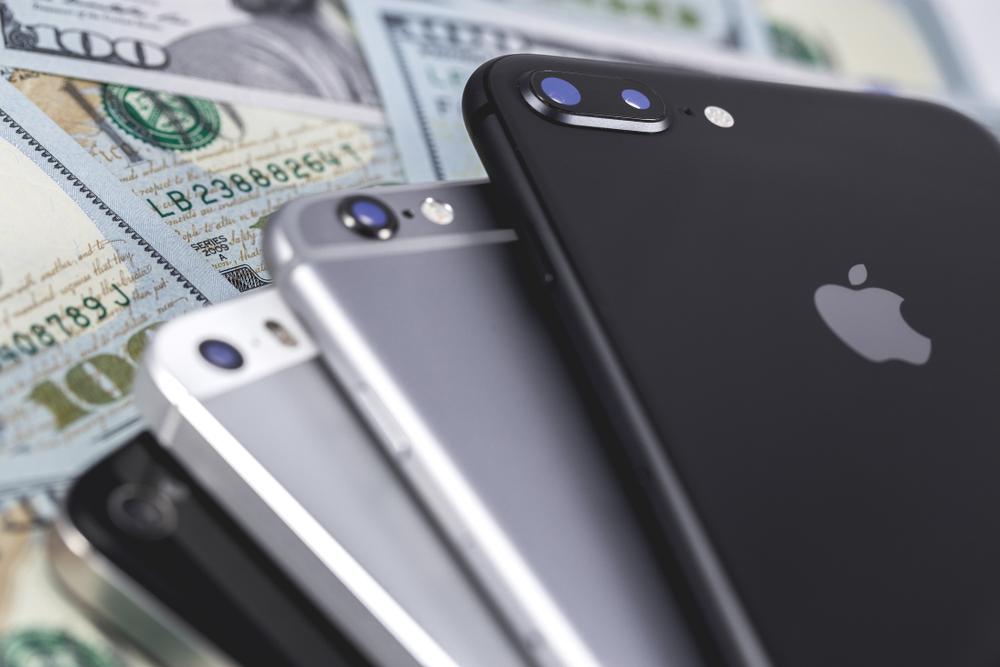Apple Inc (NASDAQ:AAPL) have announced three new iPhone models this week, the XS, the XS Max and the XR, but have since faced criticism for becoming an increasingly luxury brand.
The new phones are priced at £1000, $1100 and $750 respectively, and while the latter seems like a relatively affordable option in comparison to its counterparts and last year’s $1000 iPhone X, it represents a hop from its $700 lower-priced equivalent, the iPhone 8.
This comes as part of a drive from the company to set itself apart from its competitors. It bears an attitude of borderline arrogance, ‘we are better, we do not compete on the same level as the rest’. While Apple products have never been cheap, this represents a seismic shift from the days of Steve Jobs and the iPod Nano, designed to cater to all tiers of tech consumer. This new approach certainly changes Apple’s centre of gravity in the smartphone market.
While the price of the new phones alone may not be enough to convince a reader – and may come of little surprise – the company’s move to discontinue its SE model should be enough to demonstrate a statement of intent. The SE was Apple’s lowest-price iPhone model, retailing at £250 or $350 in the US. With the removal of this product, Apple’s cheapest phone is now the iPhone 7 at $450, which leaves question marks hanging over how long we’ll have to wait before it won’t be possible to buy an iPhone for under $500.
Some may see little difference in the price increases and old model discontinuation, but Apple’s sales figures do. While the company’s profit per unit has jumped from $600 to $724, its sales figures have plateaued over the last four years.
More revenue than ever is pouring into the company and it has just hit a trillion dollars in value. Surely though, one can’t help but think that one of Apple’s major strengths is tying customers up in its iOS/Cloud/iTunes user-face, but getting new customers involved and tied into your tech only works if you can entice them in the first place.
Critics have noted Apple’s prices have risen faster than market forces such as comparative wages or GDP per capita, and thus they risk excluding lower economic tiers who represent a large proportion of their customer base. Similarly, such concerns echo as bad omens in emerging markets such as China and India, especially with the rise of Chinese smartphone giant Huawei.
What these critics have perhaps failed to realise is the idea of monopolising a section of the market. Apple has plenty of competition in the smartphone market, so perhaps this move is a long-term strategy to monopolise the luxury bracket of the market, while its competition fight for control beneath them.




